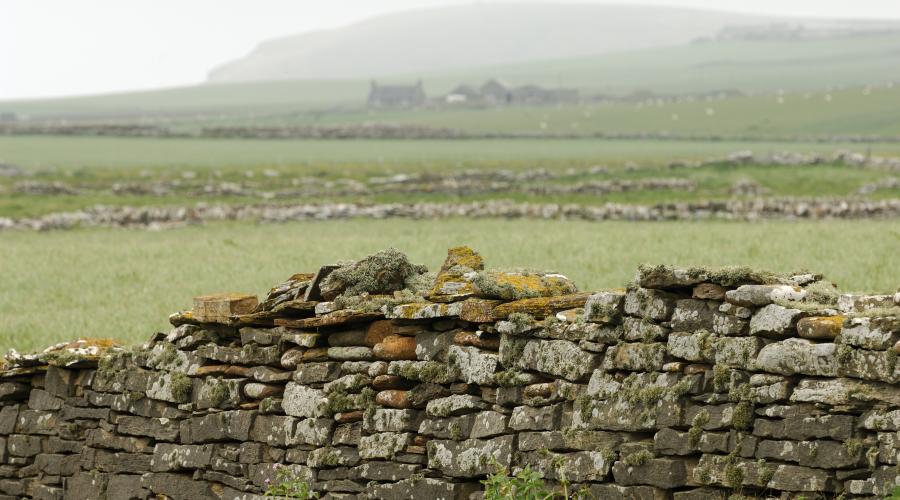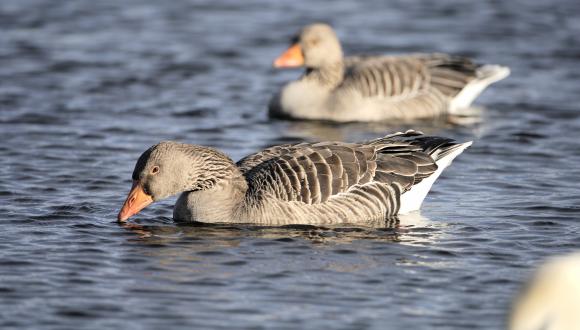
Orkney Native Wildlife Project
We plan to safeguard Orkney’s unique native wildlife by removing the invasive stoat population, which seriously threatens many species.
Stoats were first seen in Orkney in 2010 and since then the population has become fully established. They are now widely distributed throughout Mainland Orkney, Burray and South Ronaldsay, and pose a very serious threat to Orkney's unique wildlife.
Our aim is to develop a project to safeguard Orkney’s ecology by removing stoats.
Species under threat
The introduction of a ground predator like the stoat to islands such as Orkney, where there are no native ground predators, is very bad news for Orkney’s native species.
Stoats are accomplished predators and pose a very serious threat to Orkney’s wildlife, including:
- the native Orkney vole,
- hen harrier,
- short-eared owl
- many ground nesting birds.
In 2014, we commissioned a report: Stoat on the Orkney Islands – assessing the risks to native species: NatureScot Commissioned Report No. 871, to look into the possible effects of the stoat population on Orkney's native species. The report recommended that removal of the stoat population is the best option to safeguard Orkney’s wildlife and prevent knock-on-effects to Orkney's wildlife tourism industry and other activities such as poultry rearing.
Orkney has several Special Protection Areas designated for their ground nesting birds, including red-throated divers and Arctic terns. These sites are likely to be negatively affected unless the stoat population can be controlled.
An ambitious project
The Orkney Native Wildlife Project (ONWP) is a project being led in partnership by NatureScot, RSPB Scotland and Orkney Islands Council, with the generous support of the National Lottery through the Heritage Lottery Fund.
It's aim is to ensure that the unique native wildlife of the Orkney Islands, is safeguarded for the lasting benefit not only for the residents and visitors but also for the nation as a whole.
The project will directly address the urgent issue of invasive non-native predators that currently threaten this balance through a major stoat eradication programme. It will also deliver a wide-ranging engagement programme and community consultation and develop activities such as a citizen science programme to help Orcadians be involved in ensuring Orkney’s native wildlife thrives.
Finally, it will engage people directly with the delivery of the project and a range of opportunities to engage in monitoring and citizen science. The legacy of the project will be a protected native wildlife which is valued and understood by residents and visitors alike.
You can keep up to date with the Orkney Native Wildlife Project, including our weekly ‘Stoat Snippets’ on the Orkney Native Wildlife Project Facebook page.
Report a stoat sighting
For stoat sightings on Orkney:
Website: Report a stoat sighting
Phone: 01856 881 451
Stoat sightings give us an insight into their distribution across the islands and will help us to target population hot-spots.
The easiest way to spot a stoat is by its distinctive chestnut coat – which turns white in winter – and black-tipped tail. They are, much longer in the body than a rat or other small mammal, and run with a bounding gait (we have a handy stoat ID leaflet to help you).







